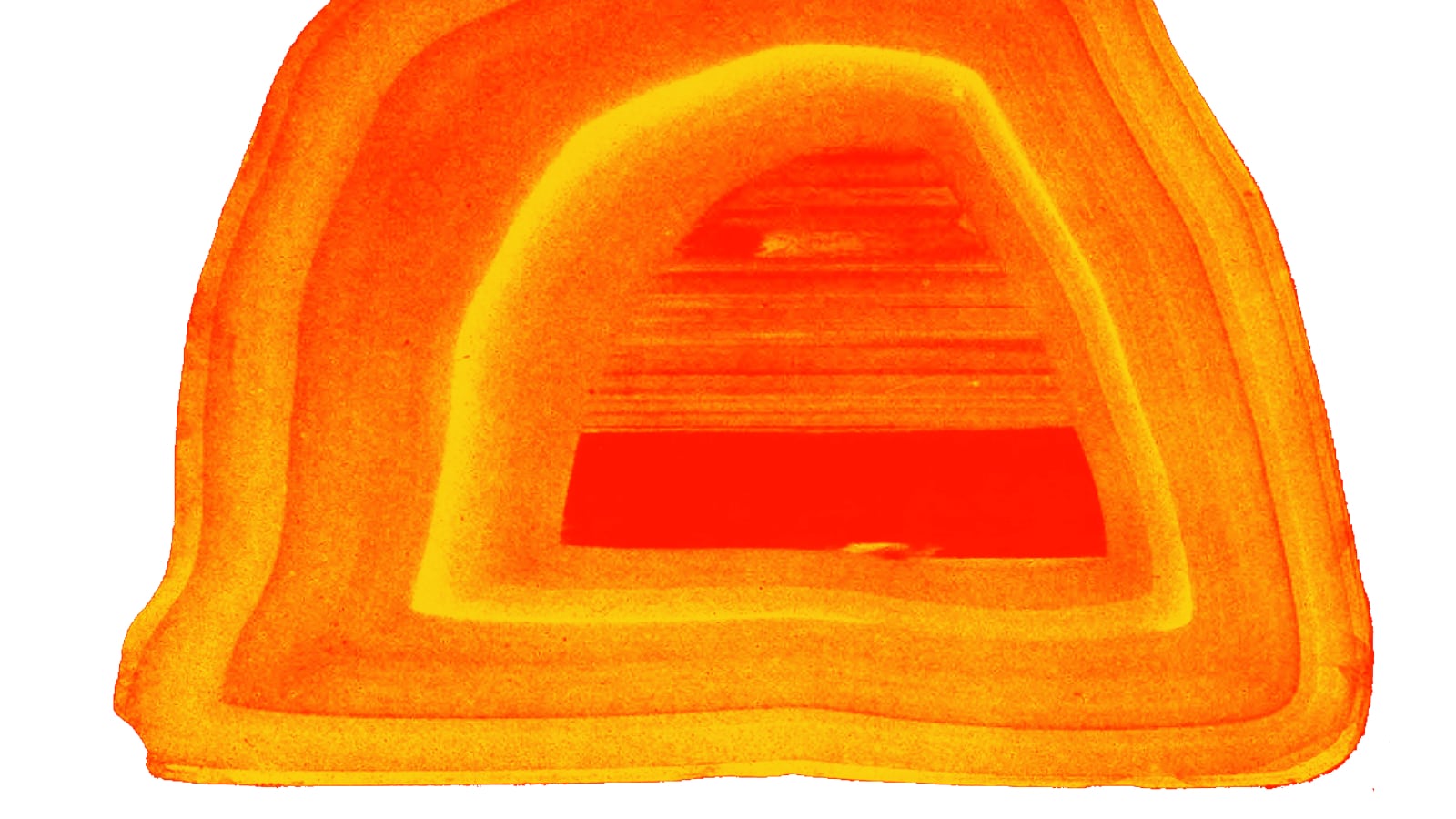Agates are rocks. More specifically, they’re a form of chalcedony typically semi-transparent to translucent. Size-wise, more often than not, agates range somewhere between a jelly bean and a jawbreaker. They come in various colors and compositions and can be quite fetching. As such, folks ranging from the casual beachcomber to seasoned rockhounds like to collect them. Lucky for them—well, lucky for us—the Oregon Coast is a great place to find agates.
Just to get it out of the way: You don’t have to be retired, enjoy making jewelry for friends and family that quickly becomes “lost,” or have a borderline unhealthy obsession with cats to enjoy hunting for rocks. Much like foraging for fungi or berries in the forest, collecting agates is a way to add a layer of enjoyment to a stroll on the beach. So let go of your preconceived notions and go get some pretty rocks.
Let’s start with regulations. We’ll spare you the legalese; just know that unless otherwise specified, you can collect a reasonable amount of all sorts of things from the coast, including agates, driftwood, fossils, seashells, etc., as long as it is for personal use. So as long as you’re cool about it, the state of Oregon is cool with you. Cool.
When to go: As luck would have it, prime agate-hunting season runs from November to March, which coincides with the tourist offseason. So that’s a win. Winter storm activity in the Pacific roils up the ocean floor and washes away sand deposits that collect over beach-bound gravel beds throughout the summer—exposing and/or leaving agates.
Time-wise, mornings are optimal because the ocean has had all night to mix things up and deposit new findings on the shoreline. Outgoing tides are also your friend because the receding water pulls away sand, hopefully exposing fresh gravel along the way. You can hunt for agates any time of day, but if you really want to increase your odds for success, consult tide charts and plan your attack accordingly. Some of the more choice locations are accessible only when tides are at their lowest.
As far as gear goes, no specialized equipment is required, save for a receptacle of some sort. Other than that, make sure you’re dressed for the Oregon Coast—layers, a waterproof shell, perhaps waterproof boots, you know the drill.
Where to go: Not all stretches of coastline are good for agate hunting. In the same way that some areas are more ideal for lying out, tidepooling or wildlife viewing, some are more conducive to harboring collectable rocks. What you want is a beach with gravel. Gravel beds, or at least places with a good assortment of rocks strewn about, are where you are most likely to have success. As pretty as they are, those pristine stretches of homogeneous white sand are about as useful as a solar night light when it comes to finding agates.
On the North Coast, Oceanside, just west of Tillamook, is one of the beaches that fits the bill. From the public parking area, walk north toward Maxwell Point. Assuming you are there during a low tide, you can make your way through the human-made tunnel in a rocky cliff (bring a light source and walk carefully) leading to a beach on the other side. Depending on the tides, you might be able to continue north and encounter a series of tidepools and even more excellent beaches for agates. But do keep a very careful watch on that tide chart!
The Neptune State Scenic Viewpoint, situated between Cape Perpetua and the Heceta Head Lighthouse, is a great spot on the Central Coast. Two additional elements that can be conducive to agate hunting success are cobbles and creeks. And Neptune has both. Larger black cobblestones often make great hiding places for agates, so look for color peeking out at you from the cobbles. Continue to Neptune Beach South and Cummins Creek, which is another consistently good source for collectibles.
Sure, there’s a lighthouse. Whatevs. Between the vast gravel bars and remote location, Cape Blanco in Southern Oregon ranks at or near the top of any agate hunter’s list of locales, especially if you like to hike. Semi-rough trails from the big parking area near the lighthouse lead to beaches north and south of the cape. Or, if you’re up for it, park at the Historic Hughes House (a 3,000-square-foot Victorian constructed in 1898 for a pioneer dairy farmer), hike out to the mouth of the Sixes River, head toward the lighthouse along Sixes Beach, and then loop back on a return trail with your haul.

